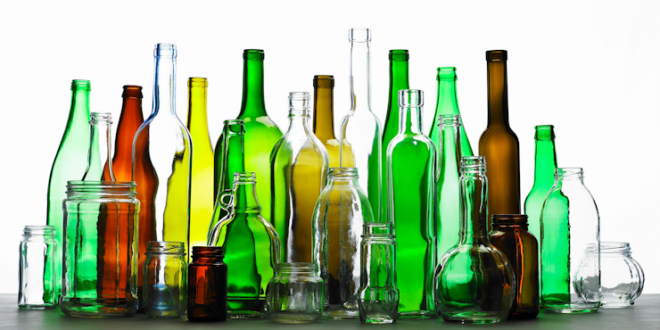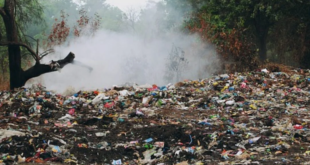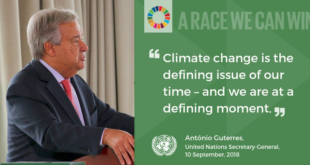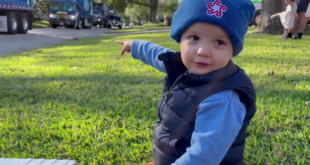Glass is a very old material closely linked to history and cultural techniques. It is used in crafts, architecture, as well as food packaging. It has a distant past but also a bright future because recycling glass protects the environment and preserves our natural resources. Let’s see this together.
How is glass made
Glass is omnipresent in our daily life, drinking glass, mirrors, car window, house window… But before finding it in our hands, do you know what are the main steps in the manufacture of glass?
Glass has an amorphous structure, i.e. there is no regular arrangement of atoms. It is essentially made from the mixture of 3 elements – sand, soda and limestone – heated in giant ovens between 1300°C and 1550°C.
At this temperature, the ingredients will melt and mix to form molten, liquid, hot glass. Once melted, and before cooling, the glass is shaped using different techniques specific to each type of glass (hollow, flat, techniques, etc.).
Which type of glass is not recycled
Not all “glass” culinary crockery (transparent crockery and dishes) should be placed in a dumpster, because it is transparent ceramic (vitroceramic). These objects have a melting temperature higher than that of glass and deteriorate the quality of production. Porcelain, ceramics, earthenware should also not join glass containers. Indeed, manufacturers inject chemicals that make them impossible to recycle. Non-recyclable glass goes to landfill to be stored or reused.
Recycled_glass
Other glasses contain dangerous products and must undergo decontamination, nor must they be thrown into a glass container: windows, bulbs, microwave tray, windshield, television screens, mirror, etc.
Did you know that glass would take 3 or 4 millennia to decompose in nature without recycling?
How is your glass waste recycled
In North Carolina, glass has been recycled since 1974. As the first link in the recycling chain, the consumer is responsible for the quantity but also the quality of the glass collected. By rigorously pre-sorting the packaging glass, we are sure that it will be 100% and infinitely recycled. So be careful not to deposit in the municipal containers provided for this purpose only the packaging glasses (bottles, pots, jars and bottles).
Sorting board
There is no need to remove the labels from the glass containers before throwing them away. You have to remember to empty the bottles well and make them as clean as possible to make it easier for the employees of the sorting waste centers.
It is best to remove caps and lids from glass containers before throwing them away, although this is not required. The individual takes care of the first sorting of the glass, then the local authorities take care of the collection. They carry the glass to a sorting center where the glass will be sorted by size, then rid of the impurities it contains (metals, plastics, labels, corks, infusibles, etc.), and finally cleaned of organic matter. This goes through 2 different sorting stages: mechanical (manual) and optical.
Learn more about glass collection
Once the various stages of sorting have been completed, the glass is crushed to become cullet then remelted in glass furnaces and blown into molds to once again become packaging of the same quality.
Be careful, the industry cannot manufacture glass only from cullet. It is necessary to introduce natural raw materials in order to correct the properties of the melting bed (color, optical, mechanical properties, etc.) and thus obtain homogeneity in the quality of the manufactured product.
Find out more about glass sorting
Why is glass recycling so important
Recycling glass is an ecological, simple and effective gesture, within everyone’s reach. In addition, glass is the only packaging material that can be recycled indefinitely. Recycling processes are safe and harmless to the environment. They allow in particular to reduce the extraction of natural resources. Today, more than half of the household packaging glass consumed in NC is recycled, which represents nearly 0.3 million tons that do not go to landfill and as many raw materials that save energy, which also translates into a reduction in polluting emissions linked to energy consumption.
This is a take-back commitment for real recycling fully assumed by the glass industry. In reality, glass is never waste and, during the various recyclings it will undergo, it in no way loses its primary qualities.
What happens to waste glass once recycled
Once recycled – remelted and remoulded to make packaging of the same quality – the bottles, jars, jars and flasks are filled in the bottling plants and reach the distribution circuit, the stores and then the tables of consumers.
 Real Time News – Go Fan Boy All the news and information that matters
Real Time News – Go Fan Boy All the news and information that matters





